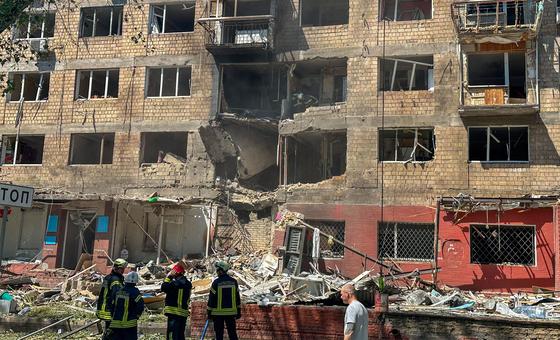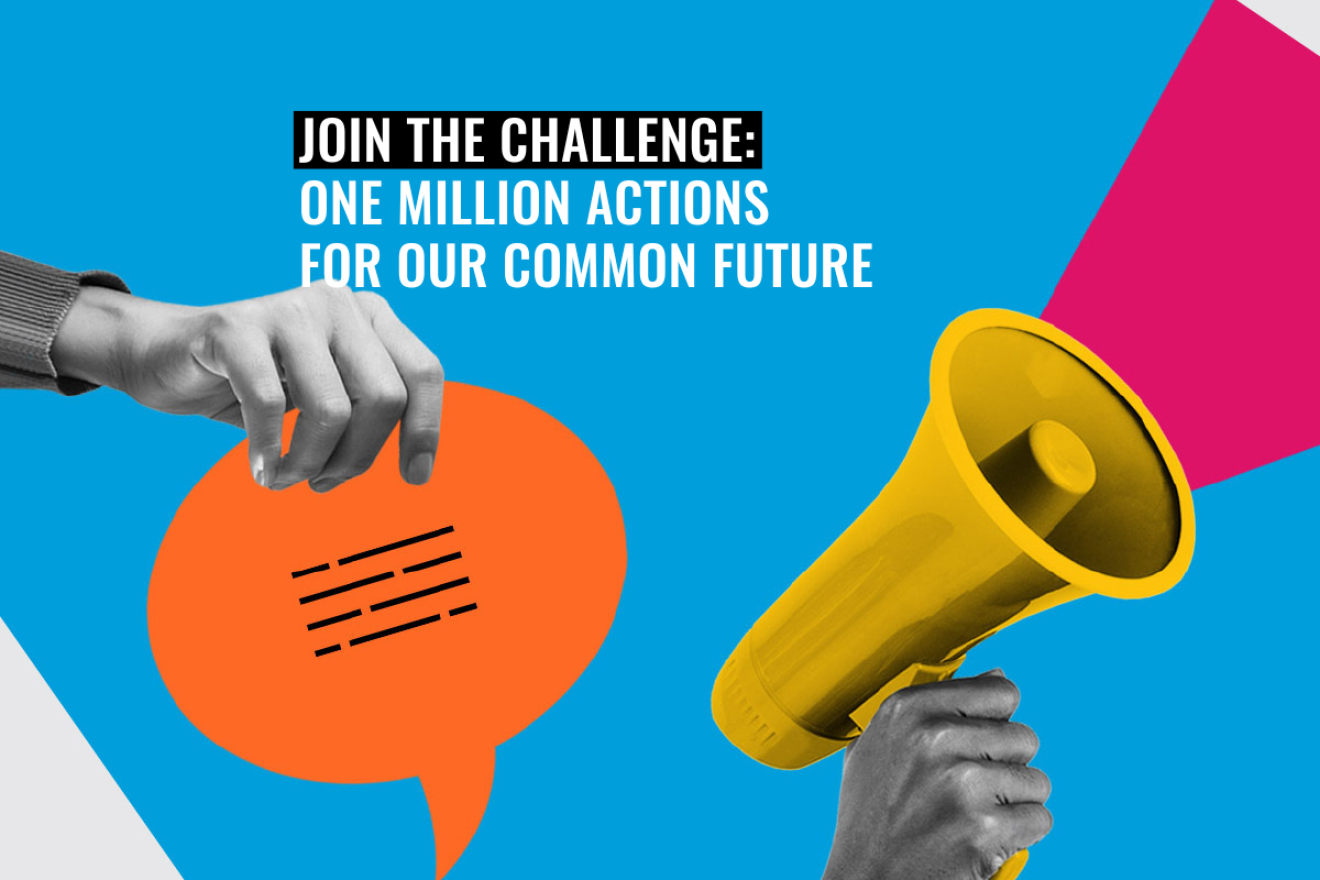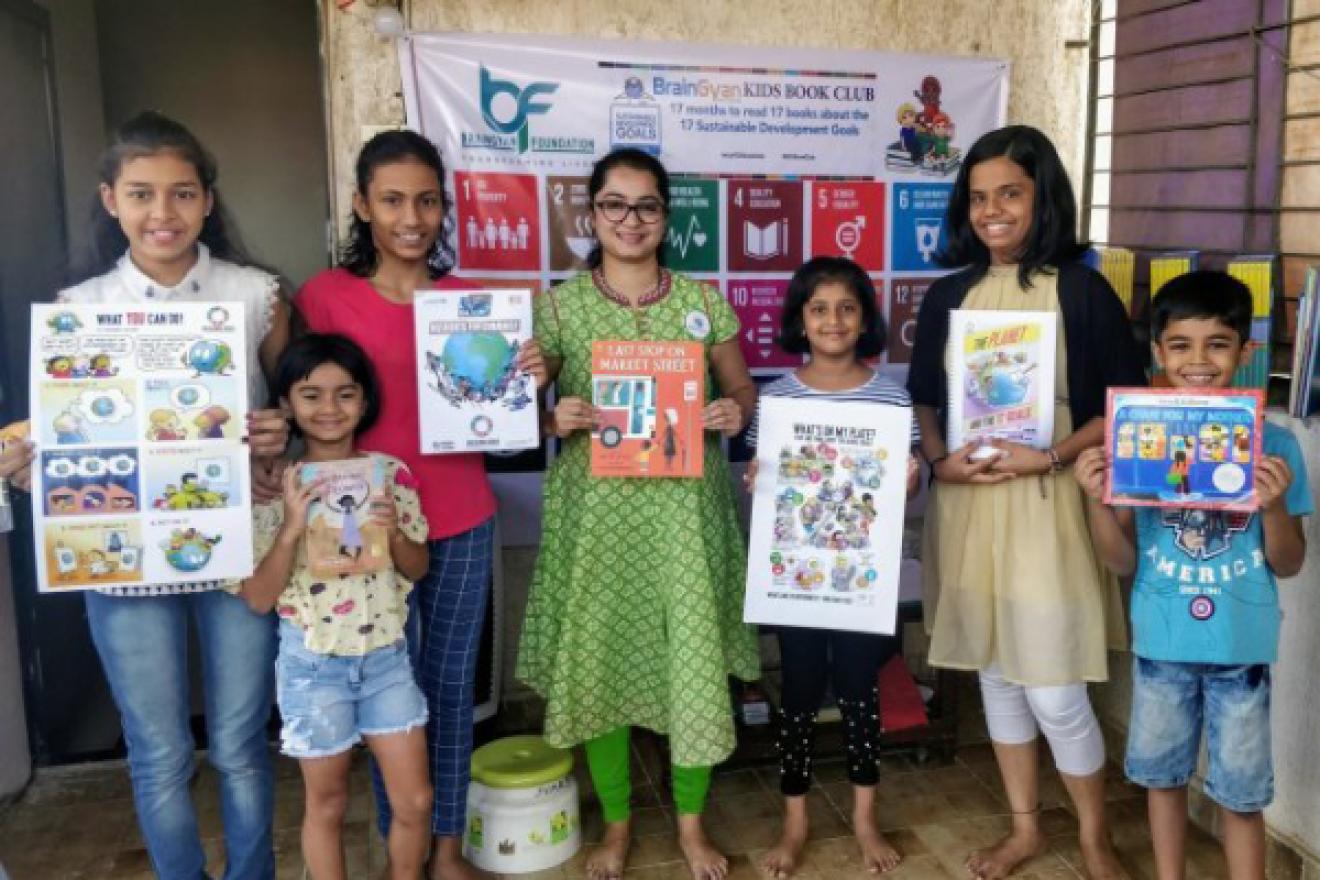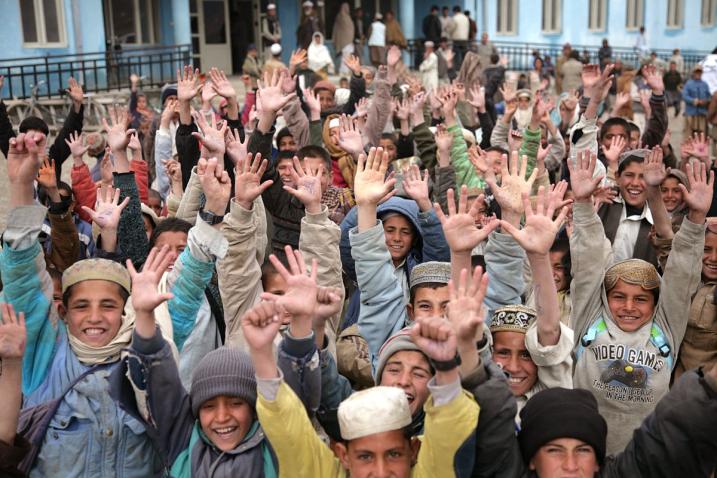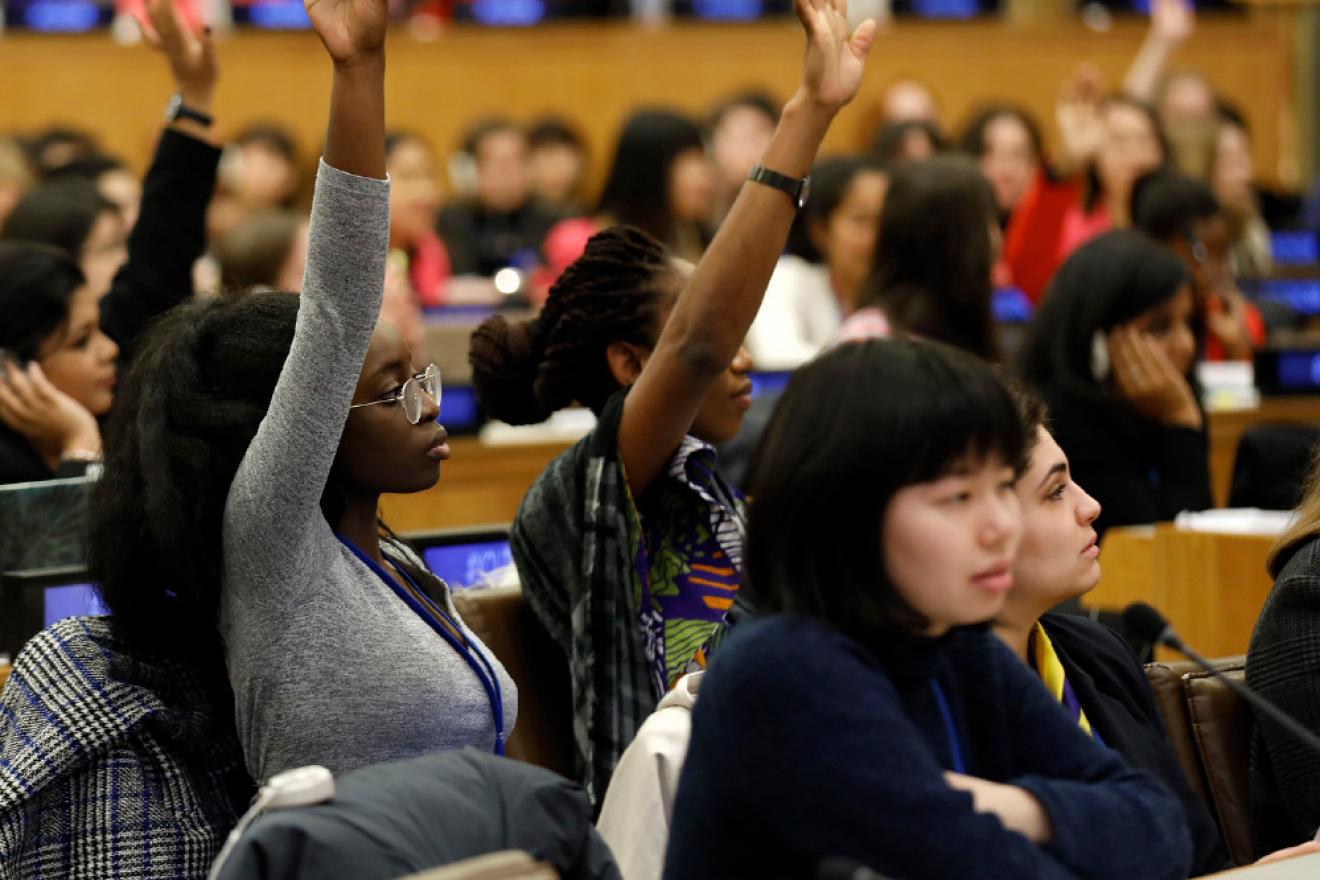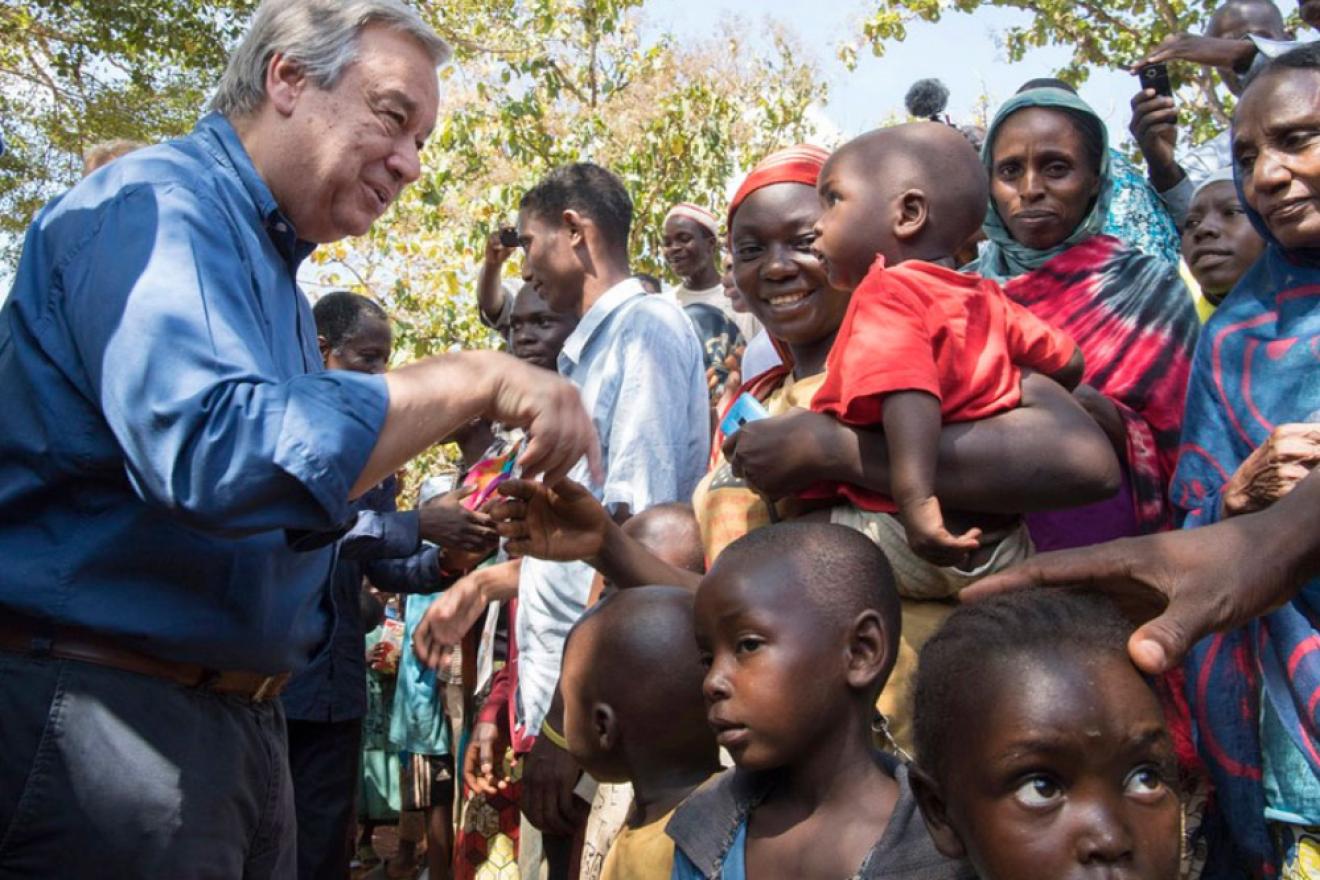The Goals can improve life for all of us. Cleaner air. Safer cities. Equality. Better jobs. These issues matter to everyone. But progress is too slow. We have to act, urgently, to accelerate changes that add up to better lives on a healthier planet. Find new inspiring actions on the app and at un.org/actnow.
Mental health and global targets for 2030
Leaders from around the world meeting at the 80th Session of the UN General Assembly have adopted a political declaration to combat noncommunicable diseases (NCDs) and mental health challenges through a fully integrated approach. The document is the first such declaration addressing NCDs and mental health together, and marks a unique opportunity to accelerate global progress with a set of specific global targets for 2030. Mental health is increasingly recognized as a universal human right and an essential foundation of human development. Learn more about mental health and how to sustain it.



